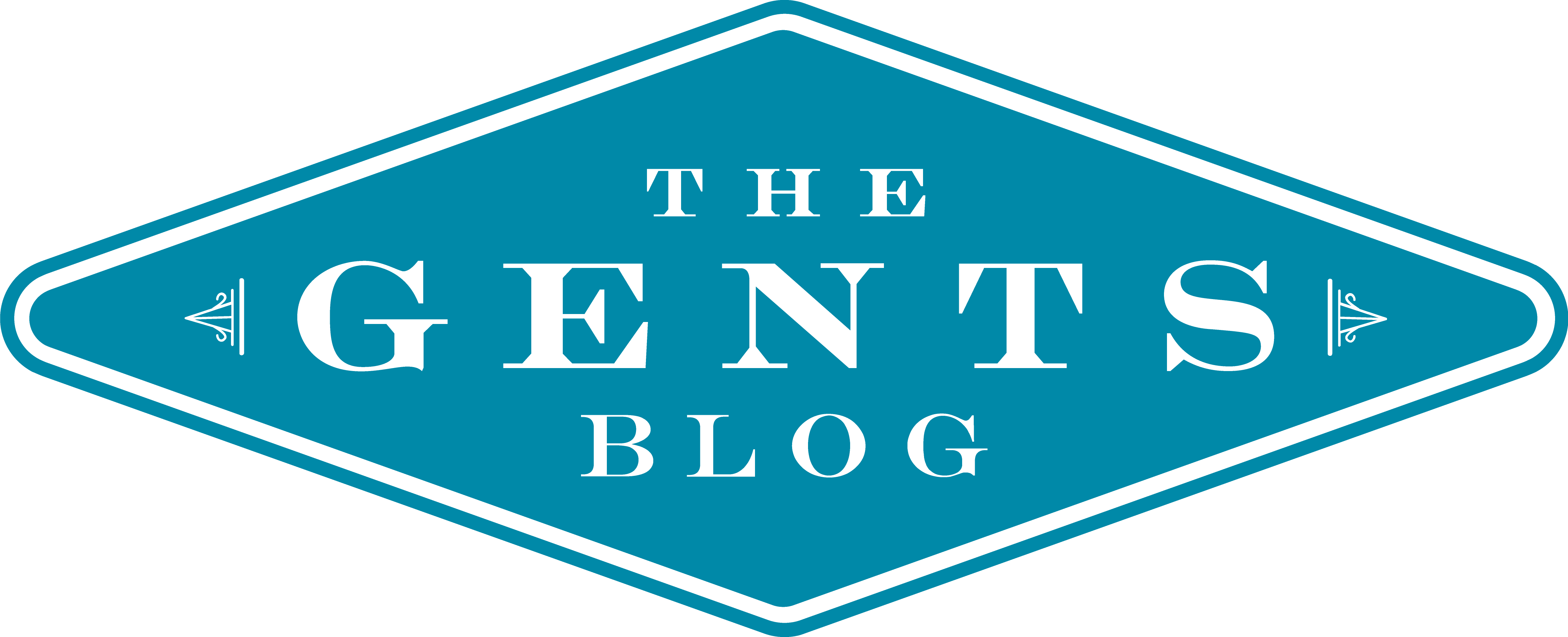Some years ago Nims Purja, who you might have seen in the Netflix documentary 14 Peaks or heard on the Joe Rogan Experience, took a famous photo of Mt. Everest that went viral. It depicted a line of climbers waiting to ascend the last stage of the climb through a narrow one-man-at-a-time passage. But more than 20 years ago, Jon Krakauer talked about the “fame” problem of Everest in his book Into Thin Air, a book that depicts many of the events captured in the 2015 film Everest. The book is part cautionary tale, part chronicle of grit and determination, and Gents would do well to pick it up and learn its lessons.
Origins
In May 1996 eight people lost their lives in their quest to summit the tallest mountain in the world. Krakauer’s account focuses on a 24-hour period, trying to capture all the different storylines that led to this disaster.
Krakauer was sent by Outside magazine to climb with a group led by Rob Hall, owner of Adventure Consultants. Rob had pioneered a new type of alpine tourism: guiding people who were (generally) physically fit enough to the top of Everest. The fee at the time was anywhere between $50-$100k. Even during that pre-Internet time the concept caught fire and a number of other companies had been formed to accommodate the gold rush of climbers, including a company called Mountain Madness, led by Scott Fischer. Both Fischer and Hall, experienced climbers who had summited Everest multiple times, would lose their lives that fateful day, in part due to the inexperience of their clients.
The Elements
While inexperience can be unforgiving enough on the world’s tallest mountain, that season also had bad weather. In fact, one of the criticisms of the book is that Krakauer does not mention that the team had been receiving weather briefings and knew that a bad storm could be inbound near summit day. That weather factor, combined with how being at that altitude for an extended amount of time can wreak havoc on the human anatomy, may lead to a cascade of effects that ends up in tragedy.
In fact, the area above 26,000 feet is often referred to as “the death zone” because the pressure of oxygen at that altitude is insufficient to sustain human life for an extended time span. The maximum time one can spend at that altitude is often 16-20 hours without running into serious trouble.
Indeed, part of the criticism Krakauer faced when the book was released originally was his version of events. He admits in a later edition that he could have been mistaken in one or two instances in which someone else’s account contradicted his own. One of the symptoms of hypoxia, which is the state of having low levels of oxygen in your body tissues, is confusion.
“Because It’s There”
In the book Krakauer also recalls the triumphs and challenges other Everest expeditions had over the years and he keeps circling back to the question of why people attempt something so dangerous. Krakauer is clearly asking himself this question as much as he asks his fellow climbers the same.
The answers to the question of “why climb it” are as varied as the life experiences of the people involved. Beck Weathers, a surgeon who lost both of his hands to frostbite that day and was literally “left for dead,” catalogued in his book by the same name the deep emptiness and depression he felt that mountain climbing helped mask. Others, like Yasuko Namba, were on a personal quest. Yasuko’s was to reach all seven summits. Everest was the seventh for Yasuko, and she did summit that day, only to die on the way down.
While Krakauer deeply regrets ever climbing Everest and views his book as a cautionary tale, it has had, like Michael Lewis’ Liar’s Poker, somewhat of the opposite effect. People were inspired by what they read in the book, which included Rob Hall’s heroism, which contradicted his own rules and advice, and eventually led to this death, and they decided to either take up mountain climbing or try Everest themselves.
Ultimately, climbing a mountain, be it in your backyard or on the other side of the world, can easily be answered with, “because it’s there,” because the real reasons, those that are too difficult or subconscious to share, are buried in each person’s heart, and can only be revealed by reflection. And the climb.



